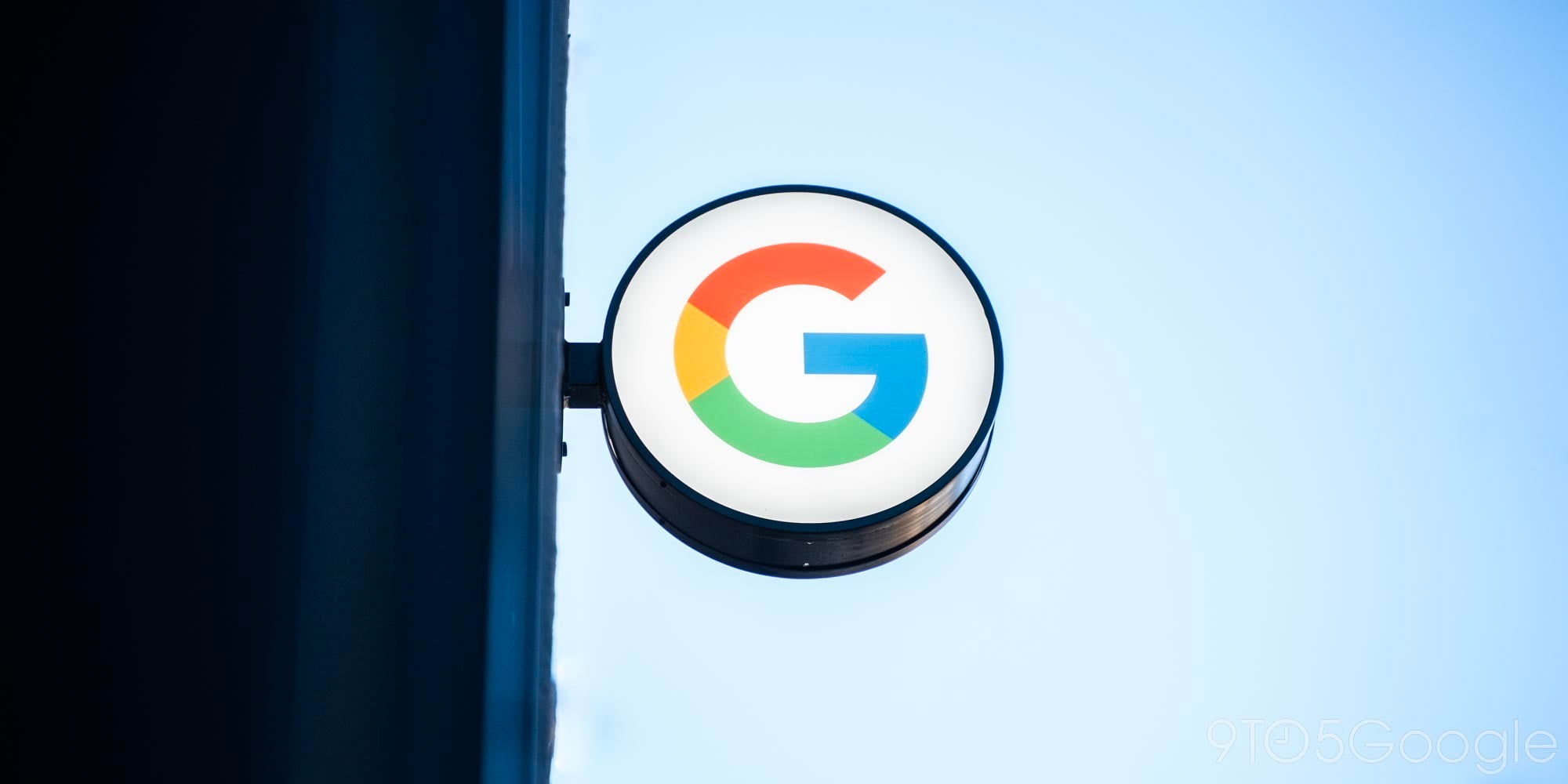
Back in 2014, Google hired Ivy Ross to lead Google Glass. With previous stints at Gap, Disney, and Mattel, she is now vice president of hardware design, UX, and research. In an interview, Ross discusses leading the Made by Google design team and revealed some early iterations of the Pixel 2 and other recent devices.
In her own words, Ross leads the team responsible for how a Google product “looks, feels and acts when you hold it in your hands.” She explains how “human” is the most important design principle for Google’s hardware.
By that I mean friendly, emotionally-appealing and easy to fit into your life and your home. I believe more time we spend in front of flat screens, the more we’ll crave soft and tactile three-dimensional shapes. This is reflected in the fabric in Home Mini, Home Max and Daydream View, the texture of Pixel phones and Pixel Books, and the soft silicon pad where you rest your wrist while typing on the PixelBook.
The interview discusses her career and inspirations, while featuring looks into early design iterations of the Pixel 2, Pixelbook, and Daydream View, as well as the fabrics for the Pixel 2 case and Google Home Mini.
Early iterations of the Pixel 2 show that the glass shade on the rear was always a constant, though there are some experiments with blockier form factors. Meanwhile, Google tested a taller black shade for the Pixelbook.
Update: A tipster has chimed in to note several other design iterations that were considered by Google for the Pixel 2, including:
- Swappable backplates
- Larger edges with a slender middle
- Monochrome rear with fingerprint scanner in one of the Google colors
- Monochrome back with the Google colors (blue, red, yellow, and green) around the edges
Check out 9to5Google on YouTube for more news:
FTC: We use income earning auto affiliate links. More.




Comments